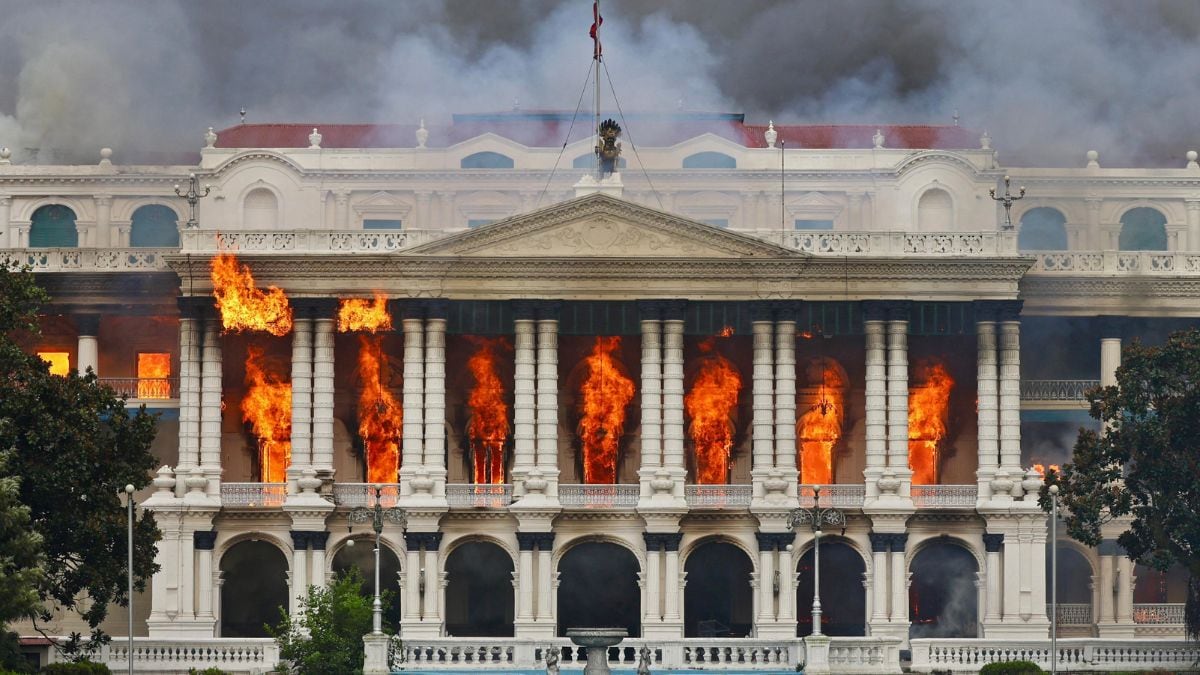The recently-unveiled Nepali Constitution — that was being put together for around seven years — has evoked a violent reaction from the Madhesi community. The reason for these protests is the fact that the community (along with the Tharus) which is concentrated in Nepal’s Terai region, makes up half the country’s population but has not been given equal political representation throughout the nation’s history. And the Constitution has also fallen short of meeting their expectations, as
this article by _Firstpost’s_ Rajeev Sharma points out . [caption id=“attachment_2442030” align=“alignleft” width=“380”] File image of protests in Nepal. AP[/caption] Indian foreign secretary S Jaishankar rushed to Nepal to meet with various stakeholders, ranging from President Ram Baran Yadav and Prime Minister Sushil Koirala, to the heads of various political parties. He is believed to have urged the Nepal government to delay the adoption of the Constitution until discussions have been held to bring all points of view to the table.
According to The Indian Express, New Delhi has reportedly identified seven amendments Kathmandu should make to its Constitution, and has conveyed these through official channels. These include: -Article 63(3) – India recommended that a clause providing Madhesi’s with electoral constituencies proportional to their population be re-inserted in the text. -Article 21 – India recommended that ‘proportional inclusion’ be re-inserted in a clause that gives various groups the right to participate in state structures -Article 283 – India recommended that the stipulated qualification (being citizens by descent) to hold high-ranking government posts be expanded to include those, like many Madhesis, who have acquired citizenship by birth or naturalisation. -Article 86 – India recommended that instead of giving each state a fixed number of representatives — which would put the Madhesis at a disadvantage, National Assembly representation should be based on the population of each state. -Article 154 – India recommended that the timeframe for delineation of constituencies be 10 years, as per the Madhesi parties’ demands, rather than the 20-year timeframe laid out in the latest version of the Constitution. -Article 11(6) – India recommended, as per the demands of Madhesi parties, that the acquisition of naturalised citizenship be automatic on application. -India also recommended that parts or the entirety of the disputed Kanchanpur, Kailali, Sunsari, Jhapa and Morang districts — that are home to a large population of Madhesis —be included in the Madhes provinces. These recommendations are well-intentioned but raise the question of the extent to which India will be seen to be ‘interfering’ in the internal matters of a sovereign country. However, as instability in Nepal
will increase India’s vulnerability to non-state actors slipping across the porous India-Nepal border, it can be argued that New Delhi is entitled to suggest measures that may alleviate tensions in Nepal. Whether or not these recommendations fructify — which will entail the concession of power by a handful of powerful Nepali politicians — however, remains to be seen.
After the protest’s against Nepal’s new Constitution, India has recommended seven amendments that could alleviate the concerns of the Madhesi community
Advertisement
End of Article


)

)
)
)
)
)
)
)
)



